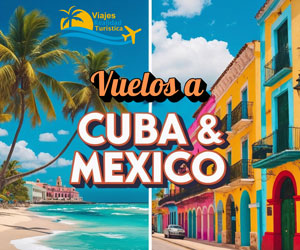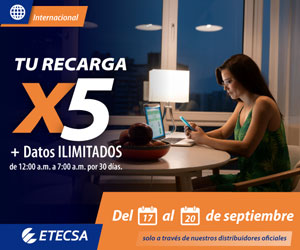Product of an agreement between Orbital Space Technologies, TEC, ACAE and the Swedish Space Corporation.
The first stage of the MUSA Project has been a success. On Wednesday morning, November 23, at 2:23 am in Costa Rica, the rocket with the research device completely manufactured in Costa Rica took off from the Esrange spaceport, Sweden.
It is the second time in the history of Costa Rica that a device manufactured in the country, and by Costa Rican hands, reaches space.
The Project MUSA cube traveled aboard the Swedish Space Corporation’s (SSC) Suborbital Express 3 mission rocket at an altitude of 260 kilometers and was kept in microgravity for six minutes.
The startup Orbital Space Technologies (OST) is in charge of the project, in collaboration with the Space Systems Laboratory (SETEC-Lab) and the Biotechnology Research Center (CIB) of the Tecnológico de Costa Rica (TEC), the Central American Association of Aeronautics and Space (ACAE) and Swedish Space Corporation (SSC).
The flight is being financed through a fundraising campaign and with the help of private sponsors such as Arroz Imperio, Liberty Empresas, Nassar Abogados Centroamérica, Honor, Grupo Aproveco and Sisters LA.
“For us, more than fulfilling the dream of carrying out our first space mission, it is a motivation to continue working on what we like the most. It has been a process of years with which we finally achieved the first step and it gives us great satisfaction to know that it was our work that reached space,” commented Valeria Dittel Tortós, CEO of Orbital Space Technologies.
The MUSA Project seeks a treatment against the disease that destroys banana plantations, also called Mal de Panamá (Panama Disease). What started as a student dream three years ago is now a reality. With this launch, the Costa Rican company manages to test the necessary technology for the development of new experiments on board spacecraft, such as the International Space Station (ISS) or private space stations.
Read more: Historical! Costa Rican technology will travel to space in November
On Wednesday, several members of the Orbital team were in Esrange, Sweden, where they recovered the payload of the rocket, including the cube with the MUSA experiment.
In this first stage, the aim was to validate the critical systems in a short period of microgravity, to later improve the design and send it to the ISS, where it will be exposed for approximately two weeks to microgravity conditions. What follows is to evaluate the information. The results will be presented at the end of January 2023.
“For OST, this suborbital flight means a firm step as a space company in an emerging country like Costa Rica, projecting our mission to be a connection between Latin America and space, by generating technologies for experimentation in microgravity. These technologies align with our vision of being able to help generate innovative solutions to problems on Earth,” concluded Dittel.
“This successful launch of the MUSA experiment aboard the Swedish Space Corporation rocket is a great satisfaction. This shows that the Costa Rican space industry has the capacity to implement space projects of great scientific value, and accelerate the technological development of Costa Rica. This collaboration between SETEC-Lab and OST will continue to bear fruit in the publication of the results of the experiment and future phases of the project,” said Dr. Johan Carvajal Godínez, coordinator of the TEC Space Systems Laboratory.
International collaboration
In 2020, just after the Legislative Assembly approved the bill for the creation of the Agencia Espacial Costarricense (AEC) – Costa Rican Space Agency, the Swedish Space Corporation (SSC) informed TEC researchers of the availability of a space in one of its suborbital flights.
The members of SETEC-Lab, who had coordinated the Irazú Project to launch the first satellite of Costa Rica and Central America into space, decided to bet on facilitating space for a private company to develop in the aerospace area, according to Carvajal.
This is how the connection between the Swedish corporation and Orbital Space Technologies began to take place, always with the advice of the Tecnológico and the accompaniment of ACAE.
“Working with Orbital Space Technologies is right in line with the goal of putting our ability to send rockets into space at the service of science, and expanding it to other nations. Having the opportunity to work not only in Sweden or Europe, but in the whole world. There are a lot of organizations that have bright ideas of things they can do in space, but can’t fund a full launch. So, we offer to do a shared trip, which allows us to support start-up companies, as well as universities, at what we consider to be a very good price. What SCC gets in return is the ability to travel more often,” explained Gunnar Florin, SSC director of business development.
The SSC emerged in 1972. As explained by Florin, they already have constant suborbital launch capabilities and terrestrial connection to satellites from all over the globe, with stations in Europe, Chile and Australia, among others.
“Our goal is to be a global provider of advanced space services,” said Florin. (https://qcostarica.com/second-costa-rican-mission-successfully-reached-space/)



































